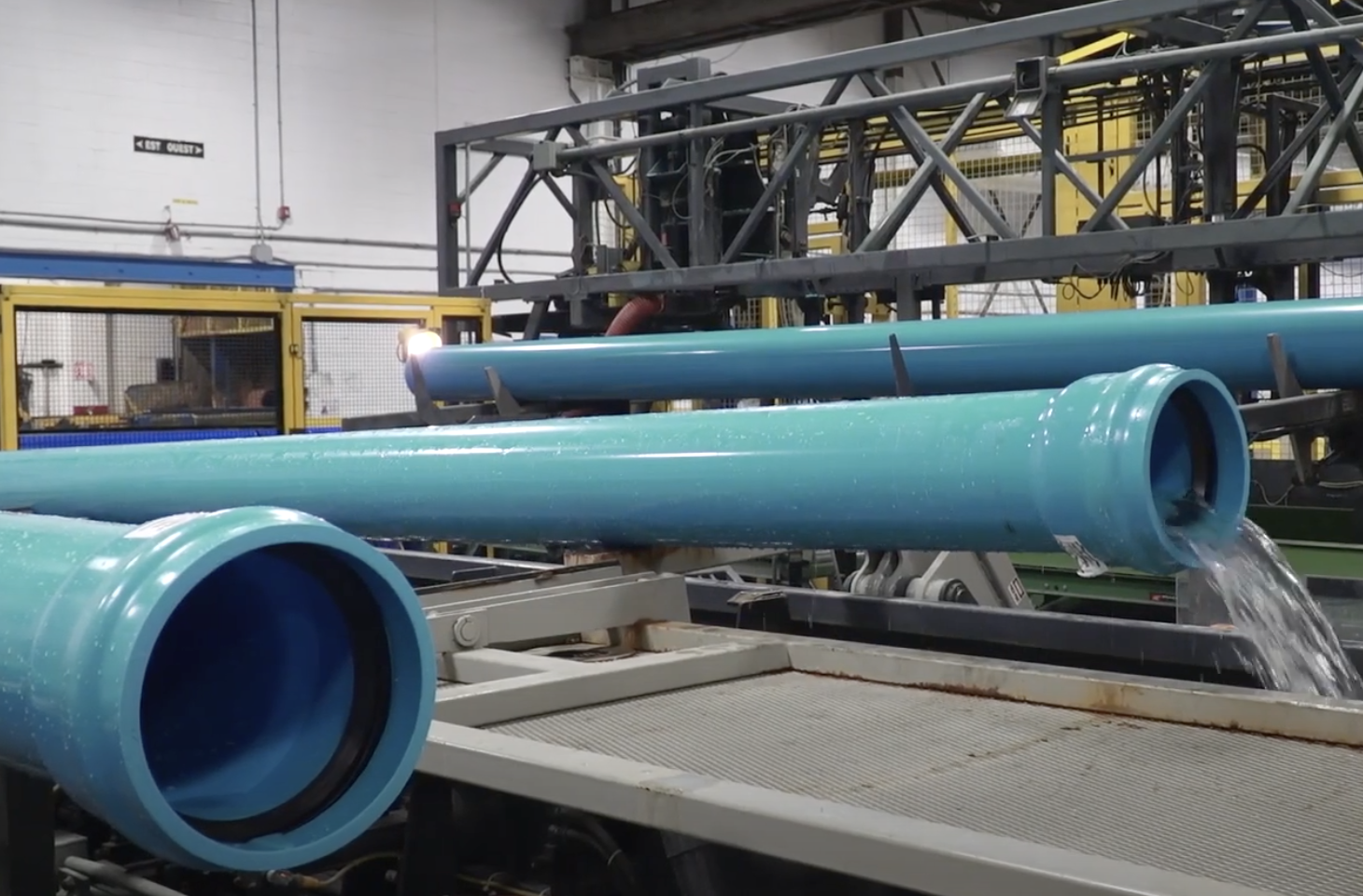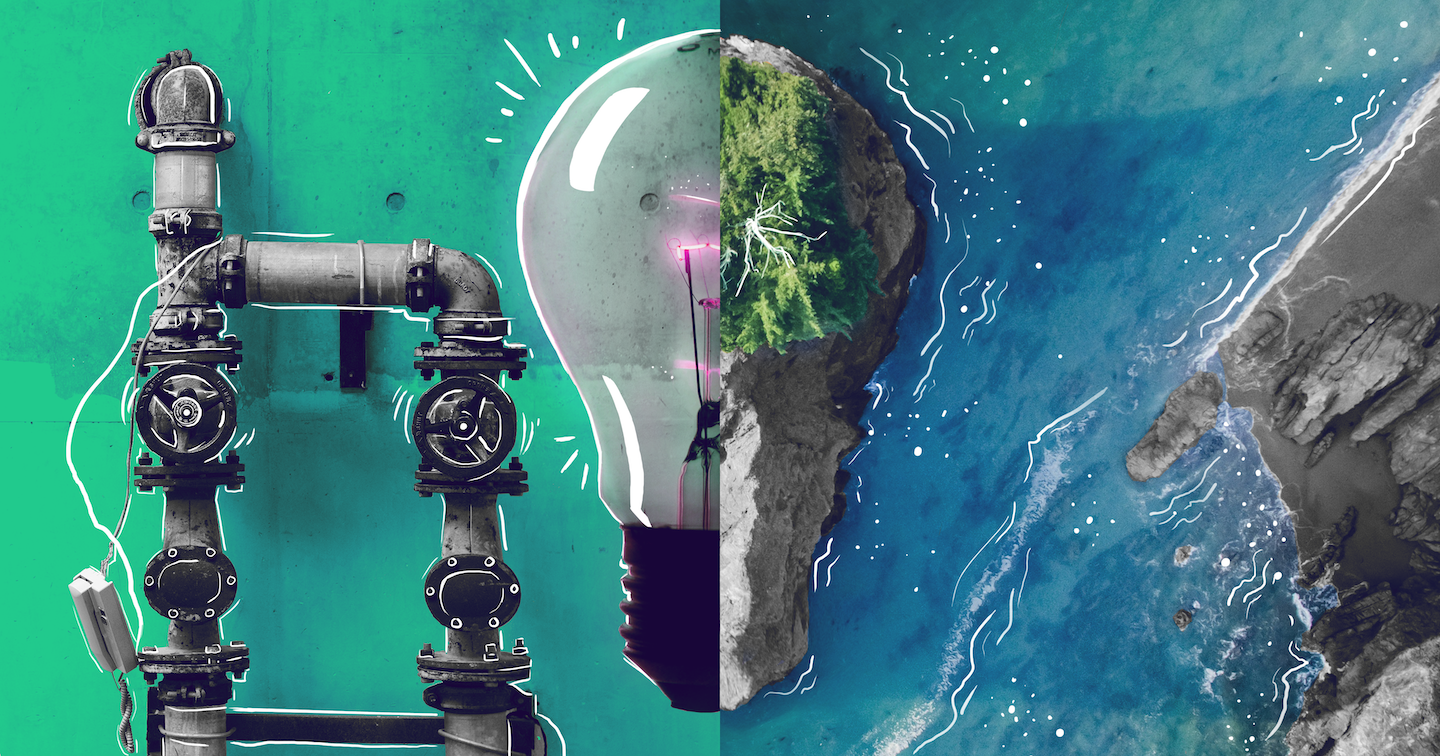A global leader in advanced piping solutions, Aliaxis launched its venture capital arm Aliaxis Ventures last year in the midst of the pandemic to invest in startups and co-develop solutions to solve water-related challenges. We spoke with Fabian Seunier, Group Head of Venturing, to discuss why Aliaxis opted to run open innovation through a VC arm, the group’s first collaboration with Kando and Fabian’s plan for building a portfolio that complements the company’s existing segments.
Tell me more about your role and how that fits into the larger corporate mission at Aliaxis.
Aliaxis is a manufacturer and seller of polymer-based piping systems to distribute water and gas. That means mainly pipes, fittings and valves that we sell to three customer segments; utilities, the construction industry and selected industrial sectors. Aliaxis was spun off from a construction materials group approximately 20 years ago and then realized many acquisitions.
Aliaxis Ventures is the corporate Venture Capital arm of Aliaxis. It was created last year. It is primarily an open innovation initiative and I report to the CTO. I look at startups or entrepreneurial and innovative companies that can potentially do a co-development with us, or a co-commercialization together to market to a broader solution to our customer segments. We are focusing the activities of Aliaxis Ventures on smarter water management, which matches the mission of Aliaxis to connect people with fresh water.

How and why did Aliaxis create a ventures arm?
The main trigger was to do open innovation the right way. We recognize that we must move from providing products and systems towards solutions that will include potentially digital features, sensors, analytics, software and other elements that would be better co-developed with innovative, entrepreneurial companies.
While we could do partnerships with them, being a shareholder solidifies the relationship for several years and encourages us to keep thinking of new options to collaborate. The partnerships-only would be for specific projects for which we can specify a proof of concept, for instance.
While we could do partnerships with them, being a shareholder solidifies the relationship for several years and encourages us to keep thinking of new options to collaborate.
How does Aliaxis’ in-house innovation activities influence or support the work of Aliaxis Ventures?
We have several innovation and R&D centers around the world, and their projects and goals provide me with directions about how I can help them. Based on the frequent discussions I have with my colleagues, I would say that Aliaxis Ventures can scout for complementary solutions to their agenda as well as open the eyes of our company about what is not on our agenda. Priorities are loosely defined because venturing is about exploring and bringing insights to the company to think about synergies, rather than us deciding what we want to find.

Why did you choose Kando for your first partnership?
Kando provides a monitoring system for the wastewater piping network. They install both hardware and software based on their proprietary algorithms. They interpret data to provide dashboards and actionable insights to wastewater treatment plants and to the wastewater pipe network owners.
Amongst the strengths of Kando, there is, firstly, a full solution (and not just a part of it). Secondly, Kando provides a tangible return on investment to their customers. Thirdly, Kando’s management team is very knowledgeable and collaborative with all their stakeholders, including Aliaxis. Fourthly, Kando has an impact on wastewater pollution.
What were some lessons learned from the first collaboration, and how will those impact future agreements?
Putting in place a collaboration between a startup and a corporation takes time. Identifying the deal and closing the deal is really the first part. Making people work together is about agreeing on the common objectives and prioritizing them correctly within our organizations. At the same time, it remains an exploratory process; open innovation is not about setting priorities in stone, it is about trying and discovering what we can achieve together.
But honestly, it is too early to discuss lessons learned because Kando is our first investment and I would be cautious about sharing lessons learned based on one case. We are aiming for a portfolio of collaborations and the next ones will not be the same as Kando. Maybe one will be earlier-stage, or maybe a software-only, or maybe it will be in a location with a completely different culture or targeting a customer segment with different market dynamics. Once we have that portfolio, I’ll share more meaningful lessons learned.
Open innovation is not about setting priorities in stone, it is about trying and discovering what we can achieve together.

How does Aliaxis Ventures build from here, and how will you go about choosing the next partnership?
What’s next is to build a portfolio of, let’s say five startups, that are very good at smarter water management and would be good to partner with Aliaxis. I would be looking at the same kind of criteria. Are they unique? Are they managed by a great team? Do we see a collaborative agenda? Do we agree on it? Are they tackling a big problem in a large market? It’s about answering important water challenges that exist where Aliaxis could be part of the solution.
More specifically, I would like to have a portfolio where there are collaborations for our three segments. Kando targets wastewater utilities. I hope I can find other partners that target potable water utilities with, for instance, water quality monitoring, buildings with, for instance, grey water recycling, or selected industrial segments that wish to have a local production of water with guaranteed quality, quantity and cost. It could also be about bringing broader access to water to underprivileged areas or remote areas from the network. Those are just illustrations and, in all those cases, we still have to find the right fit and business model.
What’s next is to build a portfolio with startups that are very good at smarter water management and would be good to partner with Aliaxis.
What has you most excited for the future of Aliaxis Ventures?
It is to really be at the intersection of the corporate world and the startups world. Aliaxis has tremendous competencies, great resources and customers, and I think the startups have a very different way to learn, develop and innovate to solve customer challenges. I really enjoy being at the crossroads where the two can meet, but will most likely not meet without making that happen in the right way. I hope I can be the soft force that creates something out of that encounter. Obviously, I would welcome any startup that reads this and wishes to reach out to do so.



